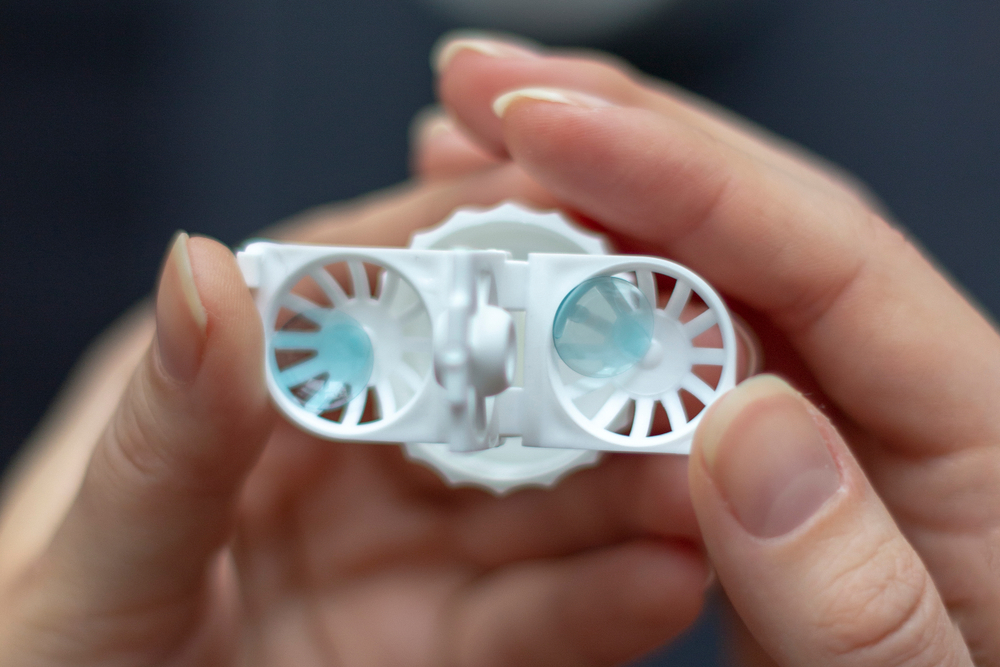
Imagine watching your child squint at the classroom board or struggle to recognize faces across the park. Myopia, or nearsightedness, is not just about blurry vision; it is a growing concern linked to serious eye health risks later in life.
Parents and adults often feel overwhelmed by the options to manage this condition. Orthokeratology, or Ortho-K, offers a promising solution beyond temporary fixes.
What Is Ortho-K and How Does It Work?
Ortho-K involves wearing specially designed rigid gas-permeable contact lenses overnight. While you sleep, these lenses gently reshape the cornea, the clear front part of the eye, to correct refractive errors. By morning, the temporary reshaping allows light to focus correctly on the retina. This provides clear vision throughout the day without glasses or contacts.
The science behind Ortho-K’s effectiveness for myopia control lies in its unique focus on peripheral light. Traditional glasses or contacts correct central vision but leave peripheral light rays focused behind the retina. That may encourage eye elongation and worsen myopia.
Ortho-K lenses adjust this peripheral focus to fall in front of the retina. This signals the eye to slow its growth. This approach can reduce myopia progression by about half compared to standard corrective methods.
Why Ortho-K Stands Out for Children
Starting treatment when kids are six to eight years old can help their eyes stay healthy. If a child’s vision worsens quickly, using Ortho-K can help their eyesight improve in a few months. This can also lower the chances of having serious eye problems later on.
One key advantage for kids is the treatment’s non-invasive nature. Unlike surgical options like LASIK, which are unsuitable for minors, Ortho-K is reversible. If the child stops wearing the lenses, the cornea slowly returns to its original shape.
Safety and Monitoring: What Families Should Know
Ortho-K is safe, with rare issues like infections. Keeping lenses clean and having regular checkups is key to success. Eye care professionals recommend six-month visits. The aim is to track eye growth and ensure the treatment remains effective.
Adverse events, like mild corneal staining or discomfort, are usually temporary.
Long-Term Benefits and Considerations
Ortho-K does not stop myopia completely. Yet, its significant reduction in progression can lower the likelihood of high myopia. For best results, experts suggest continuing treatment until at least age 14. Stopping earlier may lead to a rebound effect where myopia accelerates.
Factors like baseline prescription, age, and lens design influence outcomes. Older children and those with moderate myopia often experience steadier results. Younger kids with higher prescriptions may need closer monitoring.
A Practical Choice for Active Lifestyles
Ortho-K offers freedom for athletes, swimmers, or anyone tired of daytime contacts or glasses. Worn only at night, these lenses prevent midday dryness or irritation. Adults with mild to moderate myopia also use them as a reversible alternative to surgery.
Ortho-K is not a one-size-fits-all solution. An eye doctor will assess corneal shape, refractive error, and lifestyle to determine suitability. The initial fitting process may take a few weeks, and many users achieve clear vision within days.
For more on Ortho-K, visit JC Eyes at our Jersey City, New Jersey, office. Call (201) 801-3600 to request an appointment today.











